Tricot fabric is a versatile material that offers various benefits, from its excellent draping properties to its exceptional elasticity. Many businesses across different industries rely on tricot fabric for the manufacturing of garments, accessories, and upholstery. However, to truly optimize its potential, fusing tricot fabric is a crucial step that ensures its durability, strength, and overall quality. In this article, we will delve into the art of fusing tricot fabric, exploring the techniques, tools, and benefits associated with this process. Understanding Fusing Fusing is a method used to bond two layers of fabric together using heat and pressure.
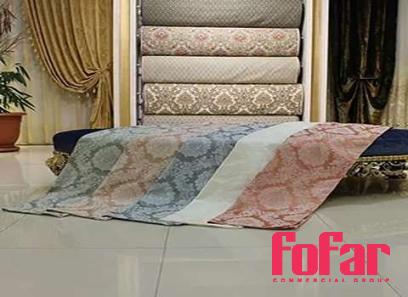
.
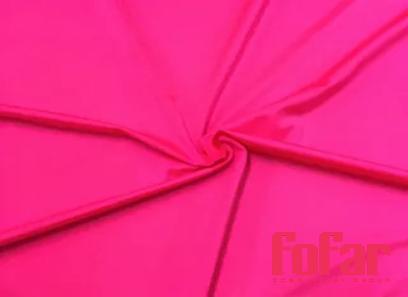 This process involves combining a layer of adhesive material, commonly known as fusible, with the tricot fabric. The fusible is typically made from thermoplastic materials, such as polyamide or polyester, which can melt under high temperatures and bond to the fabric permanently. The Fusing Process Before fusing tricot fabric, it is necessary to decide which fusible best suits your project. Some key factors to consider include the fabric weight, desired stiffness, and the final application of the fabric. Once the appropriate fusible is chosen, the following steps are generally followed: 1. Preparing the fabric: Begin by ensuring that both the tricot fabric and the fusible are clean and free from any debris or wrinkles. Ironing the fabric beforehand can help achieve a smooth and wrinkle-free surface. 2. Applying the fusible: Place the fusible adhesive side down onto the wrong side (non-visible side) of the tricot fabric.
This process involves combining a layer of adhesive material, commonly known as fusible, with the tricot fabric. The fusible is typically made from thermoplastic materials, such as polyamide or polyester, which can melt under high temperatures and bond to the fabric permanently. The Fusing Process Before fusing tricot fabric, it is necessary to decide which fusible best suits your project. Some key factors to consider include the fabric weight, desired stiffness, and the final application of the fabric. Once the appropriate fusible is chosen, the following steps are generally followed: 1. Preparing the fabric: Begin by ensuring that both the tricot fabric and the fusible are clean and free from any debris or wrinkles. Ironing the fabric beforehand can help achieve a smooth and wrinkle-free surface. 2. Applying the fusible: Place the fusible adhesive side down onto the wrong side (non-visible side) of the tricot fabric.
..
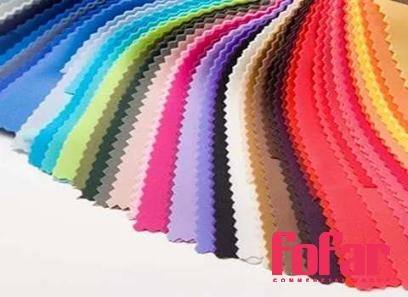 Ensure that the fusible is cut slightly smaller than the fabric to prevent it from extending beyond the fabric’s boundaries. 3. Applying heat and pressure: Using an iron or a heat press, apply heat and pressure to the fabric and fusible, following the manufacturer’s instructions. Most fusibles require a specific temperature and time frame for optimal bonding. It is important to avoid overheating the fabric, as it can result in discoloration or damage. 4. Cooling and testing: Allow the fused fabric to cool completely before handling. It is advisable to test the bond strength by pulling at the edges of the fused area. If the bond holds firm, the fusing process is successful. Otherwise, the process should be repeated with higher heat and pressure. Benefits of Fusing Tricot Fabric 1. Improved stability: Fusing tricot fabric increases its stability, ensuring that it retains its shape and structure even after repeated use or washing.
Ensure that the fusible is cut slightly smaller than the fabric to prevent it from extending beyond the fabric’s boundaries. 3. Applying heat and pressure: Using an iron or a heat press, apply heat and pressure to the fabric and fusible, following the manufacturer’s instructions. Most fusibles require a specific temperature and time frame for optimal bonding. It is important to avoid overheating the fabric, as it can result in discoloration or damage. 4. Cooling and testing: Allow the fused fabric to cool completely before handling. It is advisable to test the bond strength by pulling at the edges of the fused area. If the bond holds firm, the fusing process is successful. Otherwise, the process should be repeated with higher heat and pressure. Benefits of Fusing Tricot Fabric 1. Improved stability: Fusing tricot fabric increases its stability, ensuring that it retains its shape and structure even after repeated use or washing.
…
 2. Increased strength: The bond created through fusing adds strength to the fabric, making it resistant to tear or deformation. 3. Enhanced durability: Fused tricot fabric exhibits higher durability, allowing it to withstand the rigors of everyday use without showing signs of wear. 4. Greater ease of handling: Fusing lends stability and stiffness to the fabric, making it easier to cut, sew, and work with during the manufacturing process. Conclusion Fusing tricot fabric is a critical step in optimizing its potential and ensuring its longevity. By following the proper techniques and utilizing suitable fusibles, businesses can achieve a sturdy, durable, and high-quality fabric that fulfills various industry needs. Whether used for garments, accessories, or upholstery, fused tricot fabric offers enhanced stability, strength, and ease of handling, cementing its importance in the world of textiles.
2. Increased strength: The bond created through fusing adds strength to the fabric, making it resistant to tear or deformation. 3. Enhanced durability: Fused tricot fabric exhibits higher durability, allowing it to withstand the rigors of everyday use without showing signs of wear. 4. Greater ease of handling: Fusing lends stability and stiffness to the fabric, making it easier to cut, sew, and work with during the manufacturing process. Conclusion Fusing tricot fabric is a critical step in optimizing its potential and ensuring its longevity. By following the proper techniques and utilizing suitable fusibles, businesses can achieve a sturdy, durable, and high-quality fabric that fulfills various industry needs. Whether used for garments, accessories, or upholstery, fused tricot fabric offers enhanced stability, strength, and ease of handling, cementing its importance in the world of textiles.

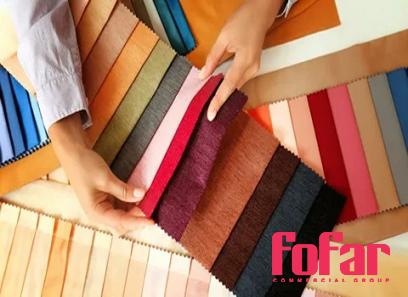
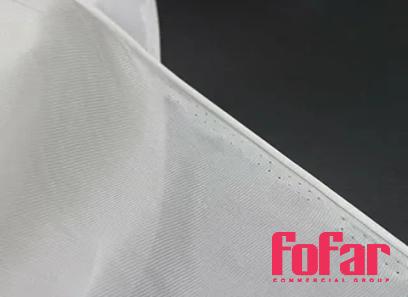


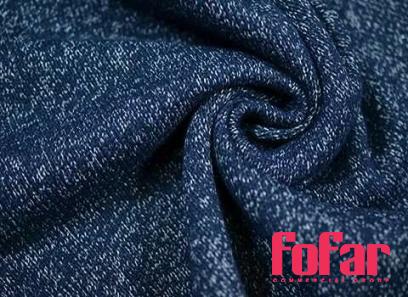
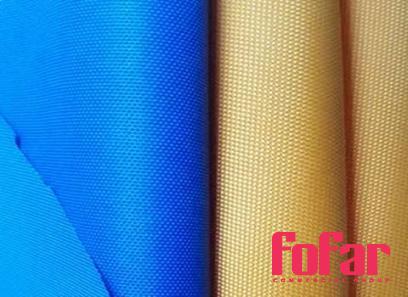
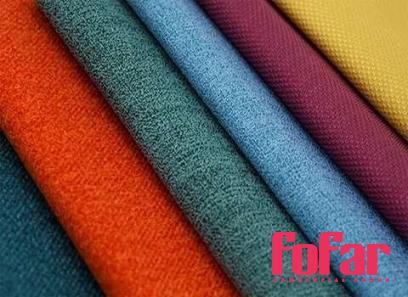


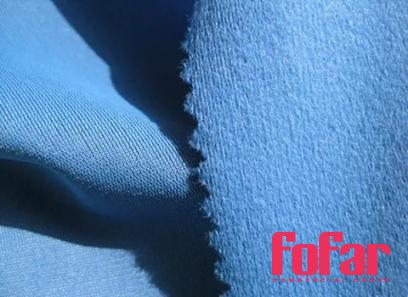
Your comment submitted.